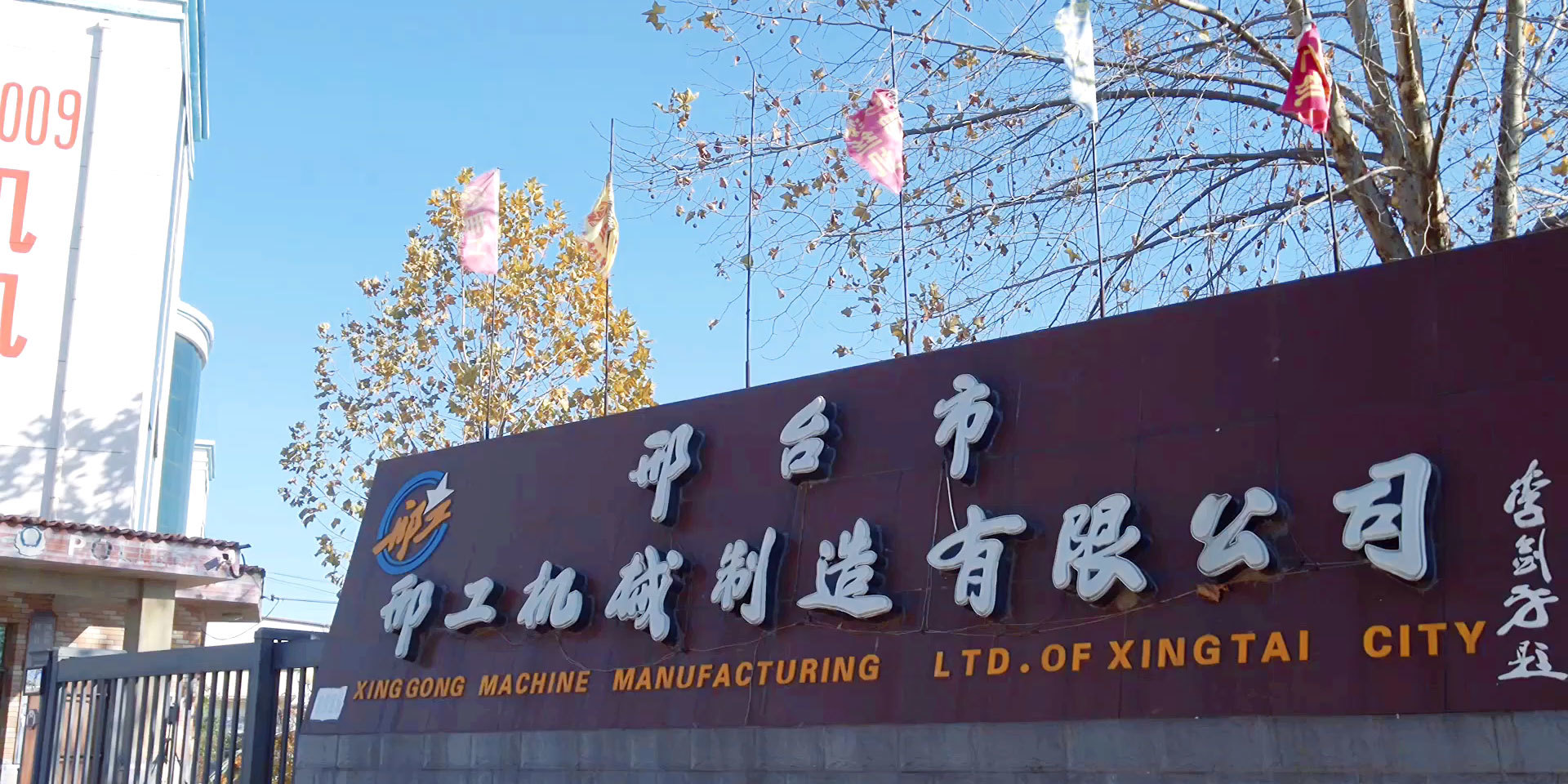
始创于1984年
致力于滚丝机床的生产与研发
Company Profile
龙珠体育在线位于机械制造业历史悠久的河北省任县邢家湾镇。百词斩网页版登录是中国机械零部件协会会员单位,成立于1984年,在三十余年的发展历程中,培养了一批素质高、技术硬的管理人员和职工队伍。目前滚丝机床是百词斩网页版登录的优势产品,产品涵盖四大金星棋牌30下载,20多个品种,销往全国各地。
查看详情
30
余年
生产研发经验
20
多个
机床产品种类
1200
多台
机床产品年产量
300
余家
合作伙伴
聚焦188篮球比分直播,金星棋牌30下载,百词斩网页版登录动态


188篮球比分直播,金星棋牌30下载,百词斩网页版登录手机官网

龙珠体育在线
电话:0319-7585009
邮箱:info@xingg.com
网址:http://www.xingg.com
地址:邢台市邢家湾镇工业区
copyright ? 2022 龙珠体育在线
京ICP备10002622号-38
网站建设:中企动力石家庄
